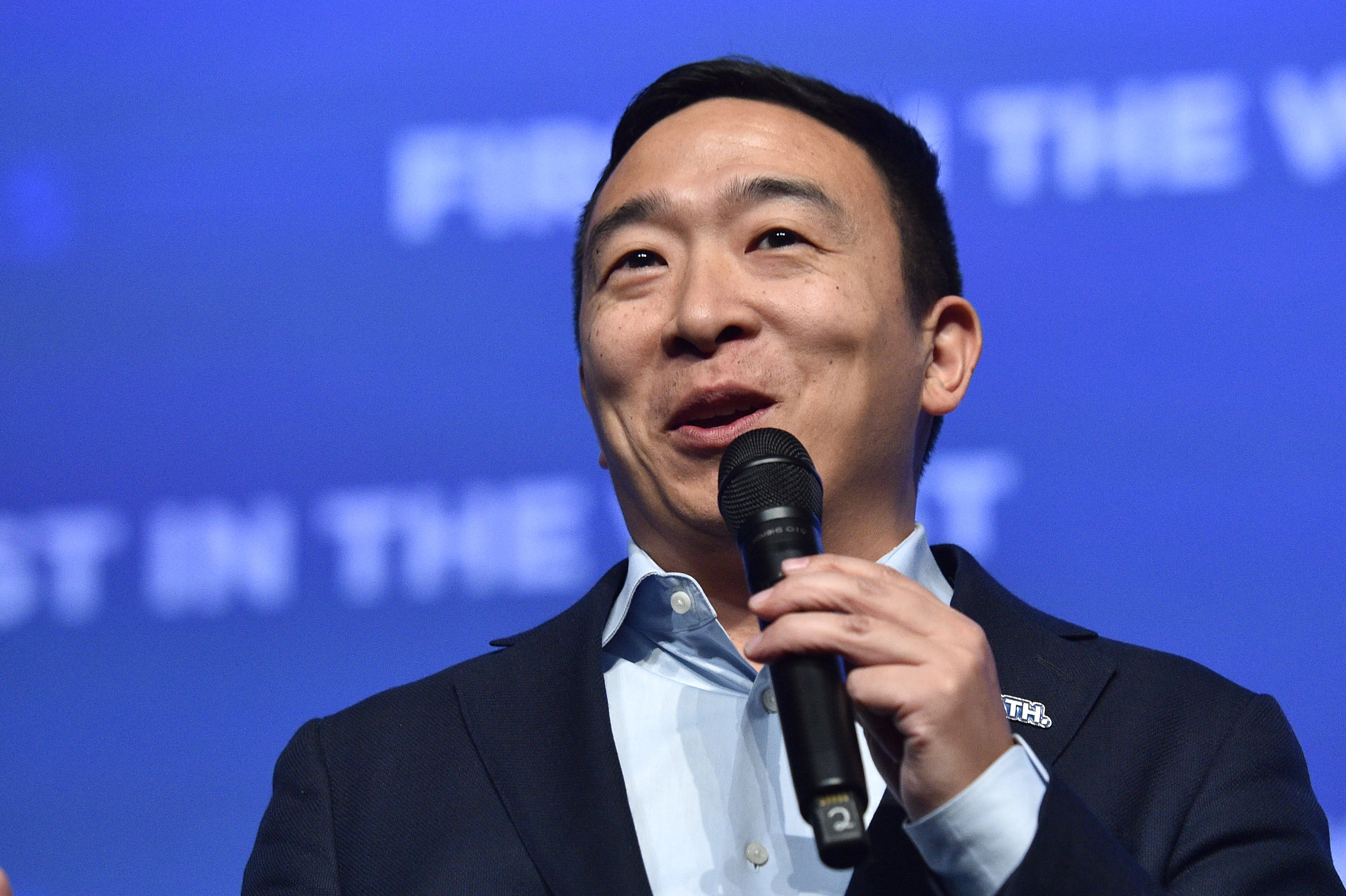Cadillac president Jim Taylor on the road not taken.
Question: What are the next challenges of globalization?Taylor: Well, I think [IB] is an era that, you know, we used also the term… say, in years gone like international and then, you know, what became [IB] just a term but then it became globalization but it still centers around some of what the history has been and what [IB] realistically is now. What we would describe it as… as American companies [IB] export based, maybe international in a sense that you had a sales office and you sent products overseas and therefore called yourself international. And then that moved on and matured into other things and you really established international. In our case… in General Motors case, [IB] says, “We’re going to build them or we sell them,” as opposed to export centered and of course, the Japanese were the same version and building all their products in Japan and then eventually, started setting up manufacturing bases here in the United States. So, I think when you move from international and globalization, a lot of it was much more local, you’re everywhere in a globe but you were operating as an entity and as a whole [IB] globally and leveraging which is a huge part of staying viable financially and staying competitive is to make sure that you’re not reinventing the wheel all over the world and you have a huge shared knowledge base that is traded amongst all of our global entities but still staying close to the customers, staying close to the markets from manufacturing and supply and transportation standpoint and addressing the specific customer needs of those markets. So, you know, whether you’re in China or India, Italy or in the US, you’re going to have slightly different customer expectations so you want to make sure that you’re aware of those and adapting the product to those needs but in our case, pretty much essential to be global and at the volume that a global volume base generates to have enough of a… on a cash food to afford all engineering expense that goes into staying legal and up to date from a technology standpoint in today’s auto industry.





